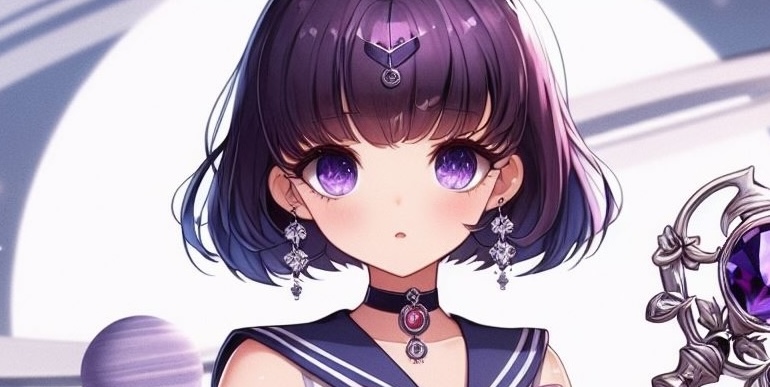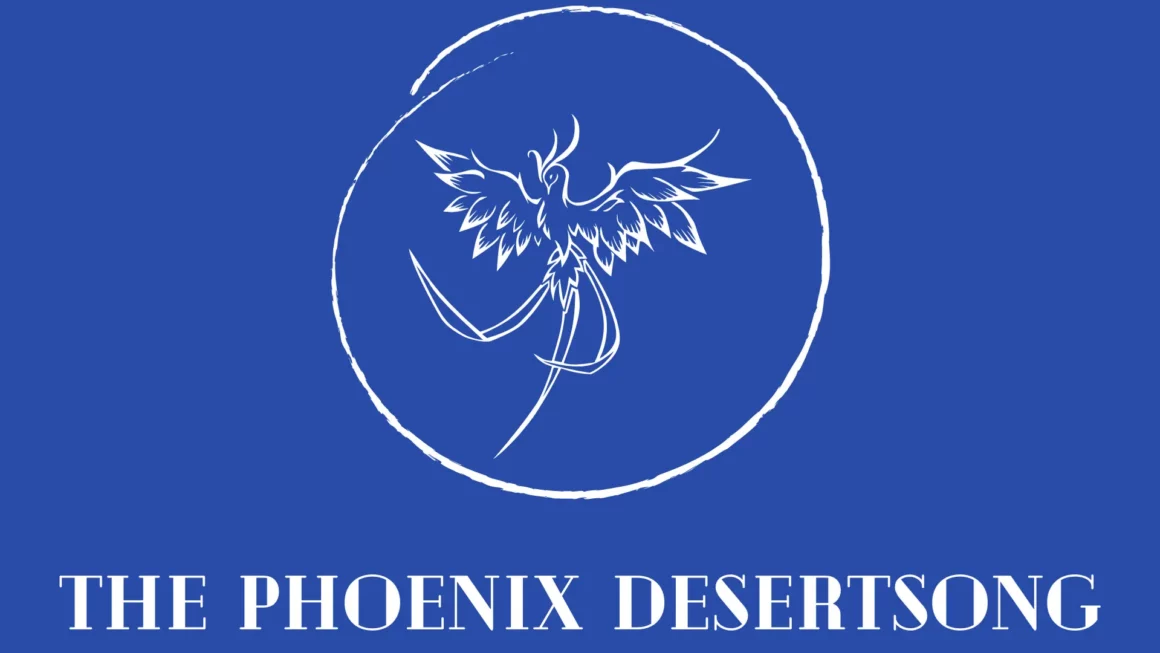There are an infinite number of ideas floating around in the universe, from truly terrible ones to those that could change the world. But, how do you know if your idea is one of the latter? Sadly, plenty of perfectly good ideas never come to fruition. So, how do you recognize what makes a beautiful idea and implement it into an actionable plan.
Beautiful Ideas Are Real
Steve Jobs once said that it’s really hard to design products by focus groups. Many times, people don’t know what they want until you show it to them. We’re starting with a similar premise: If you want your idea to be beautiful, it needs to be actionable. So, before you ask yourself whether or not your idea is beautiful, make sure that it has potential to make positive change. The most beautiful ideas are often built on something bigger—whether it’s a process or a piece of technology.
If you’re in doubt about your idea and whether or not it will work, do what so many great innovators have done before: Talk to others about your idea and see what feedback they can offer. Some might argue an idea is beautiful if people will pay money to receive it and if it’s profitable to deliver. It doesn’t matter if it’s a $5 book or a $500,000 software package; what matters is whether people will buy it and whether you can deliver it in such a way that you make money while delivering the product itself.
But, for me, what makes an idea beautiful is that it’s universal and can improve the lives of everyone and the universe in general. For example, ideas of classical music are beautiful. Virtues such as charity and patience are beautiful. Beautiful ideas also can combine with others to create infinite amounts of possibilities. However, you need one beautiful idea to start with that can then branch off into others; that idea needs to be one that can be made real.
Don’t Fall in Love with an Idea
Our minds are incredible fountains of ideas, if we bother to turn them on and let them flow. We human beings are capable of discovering and exploring concepts on a daily basis. What tends to be an issue is when we fall too much in love with a particular idea. The sad truth is that just because you like an idea doesn’t mean it’s a good one.
Whether we create art, or design a product, or invent something new, there are a few simple criteria we can use to tell if our idea is worth pursuing: Does anyone want it? Is it profitable to make? Can you sell it? If these three questions aren’t all answered with a yes, chances are your idea isn’t ready for prime time yet. Learn from fellow creative people by finding out how their ideas failed – but also learn from successes by seeing what others did right.
Nurture Your Idea into a Productive Concept
Developing an idea involves nurturing it from its infantile stage until it can stand on its own, much like a child. Turning that idea into something profitable such as a book, business, or organization often involves some research. You may need to do some research or take a trip to your local library and pull out some books on writing a book, starting a business, or even the basics of patenting concepts.
Some entrepreneurs say that one thing successful companies have in common, though, is perseverance. After all, businesses start with ideas just as books and organizations do. Starting a business takes time, but once you get past the first few steps of nurturing and growing your idea, your startup should be well on its way. The same is true with developing concepts in writing and into useful organizations.
Create Something People Want
Again, we turn to some wisdom from Steve Jobs. “Beauty isn’t just about looks,” he famously said. “It’s about how it works.” This simple phrase should be your mantra when it comes to deciding whether or not your idea has staying power, especially if you’re looking to turn your idea into a profitable venture. Before putting in all of your hard work and taking on great risk, make sure that you actually have something that people want and will pay for. It’s even better if your product gets others excited enough about that they’ll spread word-of-mouth. Without people willing to show up for your product or service, you have no business, no matter how beautiful you think your ideas might be.
Don’t Overthink Your Idea
Overthinking your idea can be a problem. After all, it’s not uncommon for creative types to overthink and overwork their concepts into uselessness. Having a good idea isn’t good enough; you must also have a realistic sense of what can be done with that idea in reality. A beautiful business needs strong leadership but also flexibility—you won’t know what your actual needs are until you get feedback from customers, staff, or clients. With that in mind, don’t panic if your plan changes drastically at first or if you have trouble hiring people who believe in your vision; instead, remember that keeping calm and carrying on is exactly what helps an idea blossom into beauty.
Know When to Walk Away From An Idea
Whenever we have a beautiful idea, it’s natural to want to run with it and see where it goes. We look forward to seeing how people react, imagining their astonishment at our work, and picturing all of the fame and fortune that will surely be bestowed upon us. But, before you run with your idea, think carefully about whether or not it truly has legs; there’s no reason to put in all of that effort unless you believe that you’re going to end up with something beautiful. If you aren’t convinced that your idea is a gem worth investing in, don’t waste your time—there are other ideas out there just waiting for someone like you.
The good news is that ideas are infinite, and each idea has infinite permutations. So, there may be a way to re-frame your failed idea into something good. The important thing is to recognize good concepts when they come along. Then, you must learn how to develop them into something that can turn a profit or help others out. An idea is beautiful if you can turn it into something productive; the trick is knowing when it’s worth pursuing.
~ Amelia Desertsong



